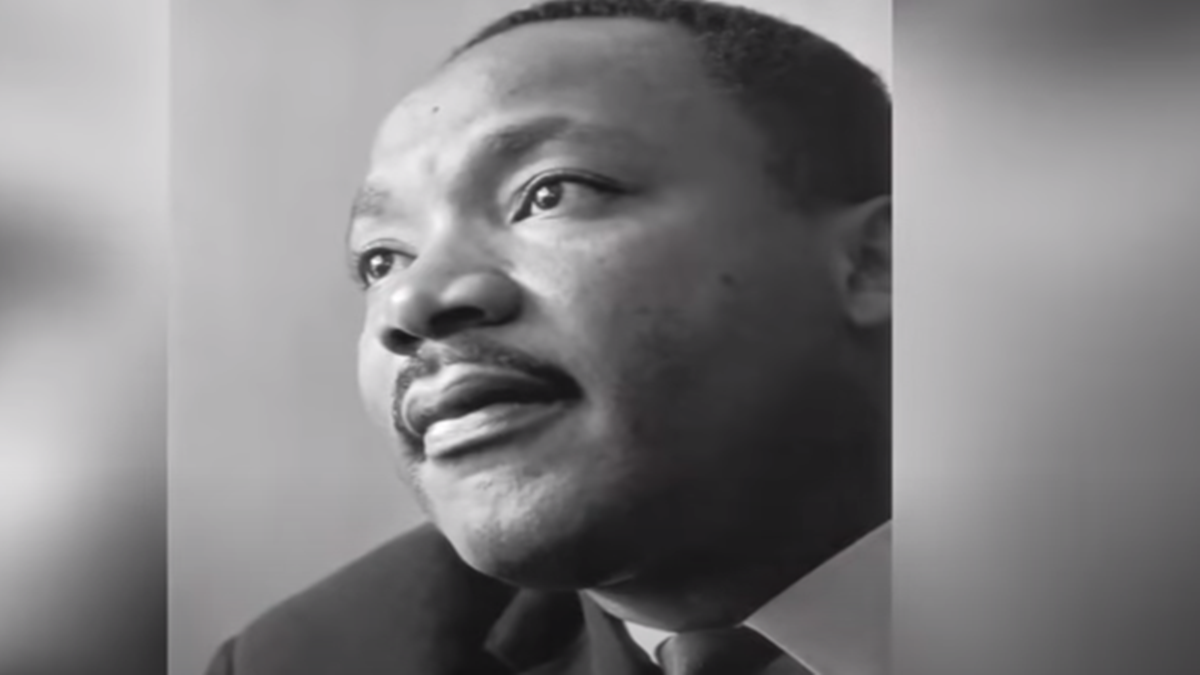Dr. Martin Luther King Jr.’s 95th Birthday: A Legacy of Courage and Hope
Introduction
Today is the day Dr. Martin Luther King Jr., regarded as a symbol of the civil rights movement, nonviolent activism and an untiring aspiration for justice would have celebrated his 95th birthday. Recognized worldwide for a distinctive style of inspirational and influential leadership, Dr. King’s teachings are as applicable today as they were in the 60’s. This article looks into the life of this remarkable personality on his 95 th birthday especially through the recent Google Doodle, a colorful depiction by Tatyana ZW Alanis.
The Early Life of Dr Martin Luther King Jr.
Birth and Childhood
Martin Luther King Jr., born on January 15, 1929, in Atlanta, Georgia into a family entrenched in the African American Baptist church tradition. His father, Martin Luther
That King Sr., was a well-known pastor, and his mother Alberta Williams King—a talented musician who occupied high office in the church. This religious and community-based background was instrumental in influencing young Martin to perceive the world around him.
Educational Journey
King displayed his intellectual capacity early. He skipped two grades in high school, therefore entering Morehouse College at the age of 15. He obtained a sociology degree and continued to study at Crozer Theological Seminary in Pennsylvania, where he was elected the president of an overwhelmingly white senior class. Later on, King received a degree in systematic theology from Boston university which provided ground for his future development as a leader.
Influences in Early Years
The early life of Dr. King was deeply under the influence that can be described as a response to Mahatma Gandhi and his nonviolent resistance concept Such philosophy was the basis of his struggle against racial inequality, determining his paths as an activist.
The Civil Rights Movement
The Montgomery Bus Boycott
In 1955, Dr. King organized the Montgomery Bus Boycott campaign that played a significant role in civil rights activities. It was sparked by the arrest of Rosa Parks for refusing to surrender her seat in a bus intended for whites only; this boycott lasted until 381 days leading even Supreme Court ruling that segregation on public transportation contravenes with constitution.
The March on Washington
In 1963, Dr. King assisted in the organization of the March on Washington where he gave an inspiring speech called “I Have a Dream.” His oratory plea for harmony, equality and brotherhood would become a seminal point within the civil rights movement establishing his self as one of its greatest leaders.
“I Have a Dream” Speech
This speech, given on the steps of Lincoln Memorial is a masterpiece because it uses rhetoric. King’s dream about society where people is judged not by the color of their skin but rather on what they stand for affects millions all over the world.
The Selma-to-Montgomery March
Background and Purpose
In 1965, Dr. King led the voter registration march from Selma to Montgomery and protested for voting equality. The march was a symbol of the persisting difficulties African Americans encountered in utilizing their constitutional right to vote, especially down South.
Impact of the March
The Selma-to-Montgomery March was a key event that had monumental implication of the civil rights movement. The Act Voting Rights of 1965, a remarkable law that outlaved racial discrimination in voting was strongly influenced by it. This action was a reflection of Dr. King’s leadership and the power of peaceful persistence in activism.
The Nobel Peace Prize
Award and Significance
Dr. Martin Luther King Jr won the Nobel Peace Prize in 1964 for his nonviolent freedom fight against racial inequality.
Dr. King’s Speech After Receiving the Award
In his acceptance speech, Dr. King discussed the timely issue of eradicating racial discrimination and poverty. He highlighted that nonviolence is not simply a technique but a way of being, underscoring his commitment to attaining equality with the help of peaceful acts.
Google Doodle: Celebrating Dr. King’s Legacy
Design and Artist
Tatyana ZW Alanis’ Google Doodle depicting Dr. King at 95 years of age is a lively and inspiring work. It encapsulates the spirit of Dr. King and his everlasting influence on mankind. The doodle includes symbolic components that reflect his life and civil rights movement.
Symbolism in the Doodle
The doodle illustrates the most crucial milestones and symbols of Dr. King’s life – pulpit refers to his pastor role, marchers reffering to leadership in different campaigns; iconic image of him giving “I Have a Dream” speech. This artistic rendition is a visual homage to his lasting memory.
Dr King’s legacies in the contemporary times.
Continuing Influence on Society
The teachings and principles of Dr. King have inspired modern civil rights movements, always carrying the torch in search for racial equality socially His message is timeless, guiding new generations into the battle for goodness.
Educational Initiatives and Awareness
Different educational initiatives and programs on Dr. King’s work and the significance of civil rights have been designed to familiarize young people with them. Schools, universities and community organizations continue to espouse this message which means that his legacy does not die away.
Conclusion
The 95 th birthday of Dr. Martin Luther King Jr is not only about celebrating his birth but also remembering an unimaginable life and the significant contribution he made to this world Society is still inspired by the legacy of courage, hope and non-violent activism that he left behind.
FAQs about Dr. Martin Luther King Jr.:
1-What are the major accomplishments of Dr. Martin Luther King Jr?
Dr. King’s most notable accomplishments include his leadership of the Montgomery Bus Boycott; “I Have a Dream” speech during the March on Washington, facilitating Selma-to-Montgomery Marches and being awarded Nobel Prize for activities in Civil Rights Movementd
2-What was the impact of his assassination on civil rights movement?
However, when Dr. King was assassinated the civil rights movement underwent another paradigm shift as some groups advocated for more aggressive moves. Conversely, his legacy spurred a passion for non-violent resistance and social change.
3-What is the importance of “I Have a Dream” speech?
The speech named “I Have a Dream” is important because of its inspiring vision about the world where people are not judged according to their skin color but his character. It is still an icon of hope and a battle cry for equal rights in the world.
4-What are the sources of inspiration for today’s civil rights movements from Dr. King?
Contemporary movements are influenced by Dr. King’s philosophy of nonviolent protest, his advocacy for social justice and ability to unite people from varying background on a single objective
5-What makes Dr. King’s approach to nonviolence significant in today?
Dr. King’s nonviolence strategy is relevant in the contemporary period because it encourages dialogue, comprehension, and continuous change whereby violence almost always has a tendency to create even more conflict or division
Also Read and watch: Speak Fluent English with Google Search: A Game-Changer in Language Learning


